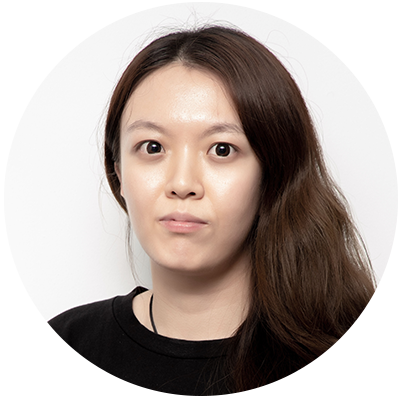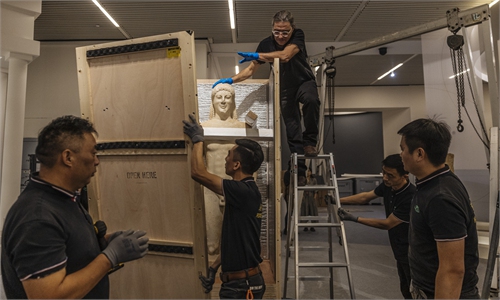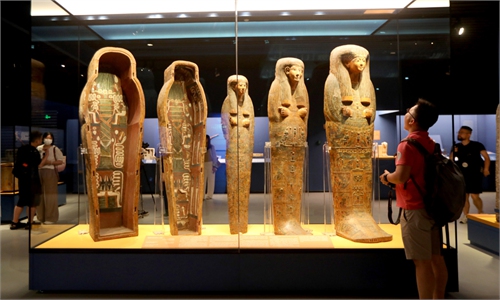ARTS / CULTURE & LEISURE
Exhibit highlights similarities of ancient Shu and Inca civilizations
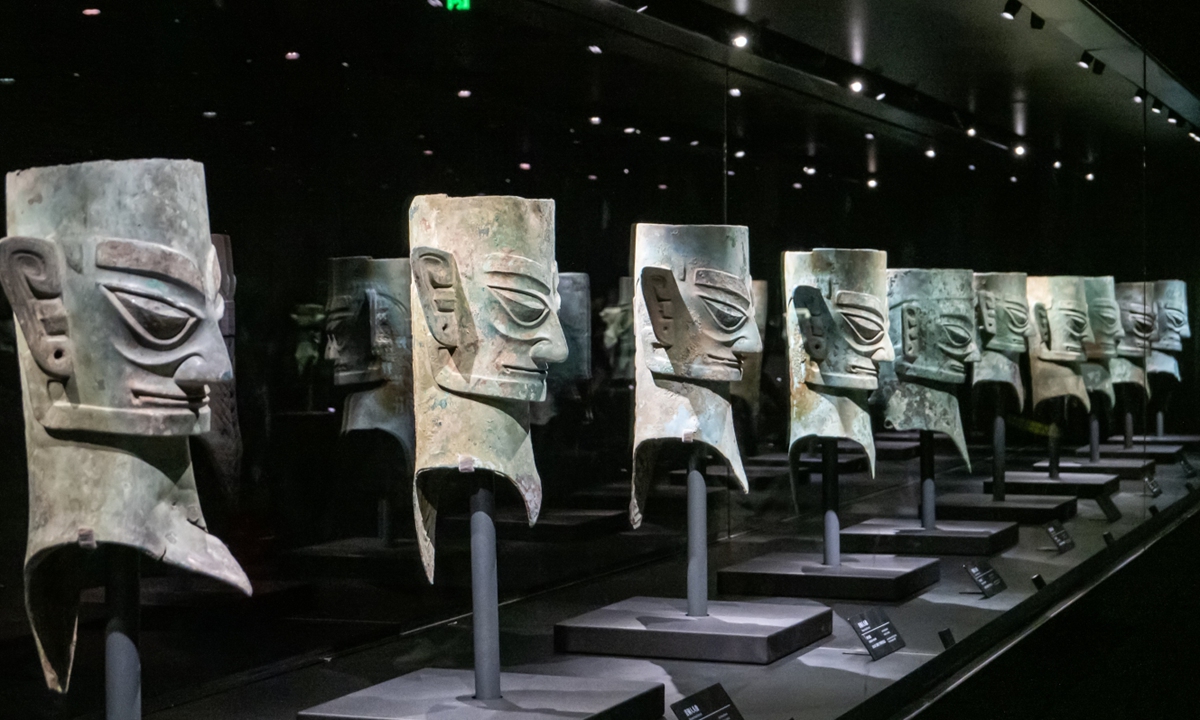
Bronze head sculptures on display at the new Sanxingdui Museum building in Guanghan, Southwest China's Sichuan Province Photo: VCG
A golden sun and immortal bird ornament, along with a massive bronze mask and altar from the Sanxingdui and Jinsha ruins in Southwest China's Sichuan Province, finally met with pottery and golden artifacts that illustrate the prosperity of the ancient Inca Empire, at a new exhibition at the Inca Museum in Peru on Wednesday, together weaving a compelling narrative of the spiritual connections and diverse allure that link these two ancient cultures despite being separated by oceans.
With the upcoming APEC 2024 taking place in Peru, the exhibition is expected to promote dialogue between Chinese and Peruvian civilizations. Hu Heping, executive deputy head of the Publicity Department of the Communist Party of China Central Committee, stressed at the opening ceremony that holding the exhibition aims to create a framework to foster mutual appreciation among diverse civilizations and based on the event, it is expected to deepen bilateral cooperation in more fields such as tourism, culture and education.
Centered around the theme of "Sun Worship," the exhibition features 16 replicas of representative artifacts and 3D-printed artworks from the Sanxingdui Museum and Jinsha Site Museum, as well as seven exquisite artifacts from the Inca Museum collection, according to an introduction sent to the Global Times by the Jinsha Site Museum
"Even though China and Peru are separated by vast oceans, the ancient civilizations shared common spiritual beliefs and material pursuits, such as sun worship, reverence for gold, and a rich mask culture," Wang Fang, curator of the exhibition and also deputy director of Jinsha Site Museum, said at the opening ceremony, noting that one of the goals of the exhibition is to highlight these connections through comparison of the cultural relics of the two civilizations.
Mohenir Julinho Zapata Rodríguez, director of the Inca Museum, also noted that the purpose of this exhibition is to reinforce the ties of friendship and cooperation between China and Peru, two ancient and pristine civilizations that have shaped today's humanity.
As visitors entered the entrance hall of the exhibition, the replica of a bronze face mask from Sanxingdui resonated with a large pottery pot from the Inca empire, creating a strong atmosphere of "dialogue."
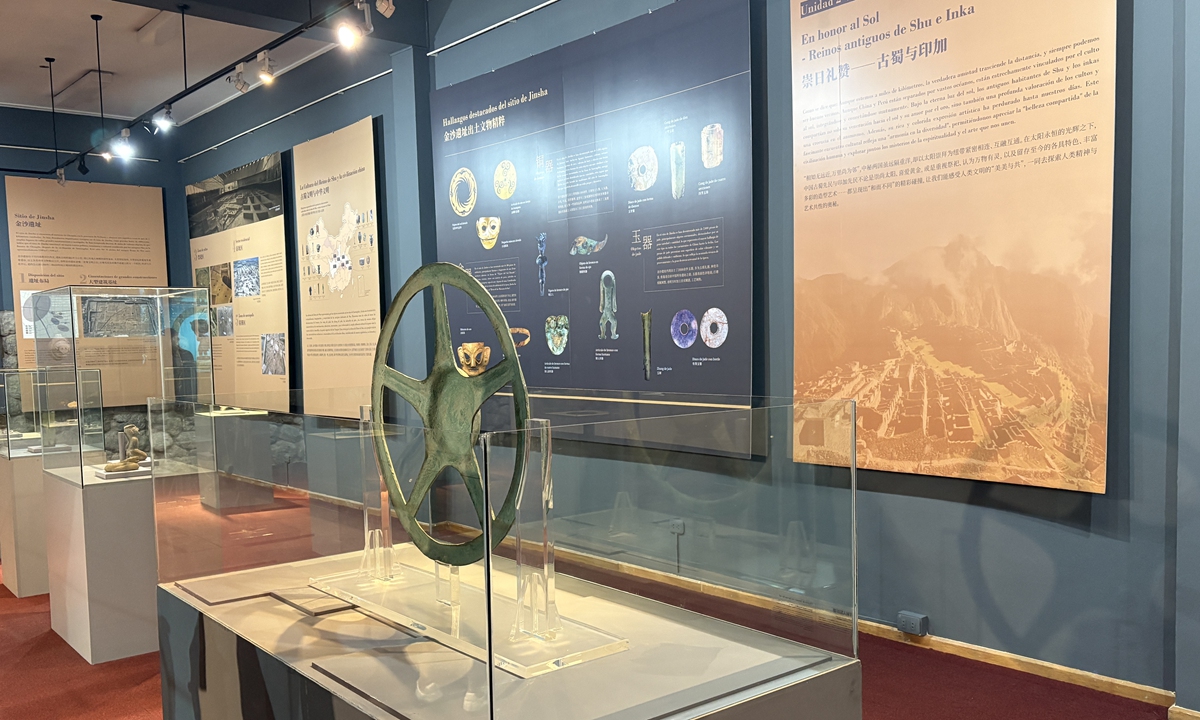
The exhibition hall Photo: Courtesy of Jinsha Site Museum
In the section centered around the theme of sun worship, visitors can see the similarities and differences of two civilizations when it comes to worship, sacrifice and rituals, while also getting a glimpse of ancient views regarding the universe, life, and the spiritual world.
The exhibition fully leverages the digital innovations from the two museums concerning the ancient Shu civilization. Through the use of replicas and 3D-printed artworks, it enables international audiences to appreciate precious artifacts like China's golden sun and immortal bird ornament and bronze masks, bridging time and space.
Furthermore, by incorporating technology to create an interactive viewing experience, it weaves together the relics from Sanxingdui and Jinsha into a journey through civilization, bringing to life the rich and dynamic world of ancient Shu culture for visitors from abroad.
"Thanks to such imaginative cultural relics that I have never seen before, I finally understand the similarities between the ancient Chinese Shu and Inca civilizations," a local reporter told the Chinese curator after wandering around the exhibition.
Virtual reality technology restoring the marvelous architecture and scenes from people's daily life in the capital city of the ancient Shu kingdom around 3,000 years ago also stunned Peruvian visitors, who expressed the hope that museums in their country will also use the technology in exhibitions.
"Showcasing the Shu and Inca civilizations together carries profound significance for exchanging ideas, fostering mutual learning, and broadening perspectives," Liu Zheng, a member of the China Cultural Relics Academy, told the Global Times on Wednesday. He added that the exhibition can also enhance people's appreciation of the diversity of civilizations around the world.
Paired with the exhibition, an international academic forum on the Shu and Inca civilizations will be held in Peru. Experts and scholars from China and Peru will deliver keynote speeches and engage in discussions on various topics, including the values of the ancient Shu and Inca civilizations, according to Jinsha Site Museum.
The exhibition is set to run until November 20.
Prior to this, an exchange between the two ancient civilizations took place in Chengdu, Sichuan Province, from January to April.
The previous exhibition jointly held by the Jinsha Site Museum and dozens of museums in Peru, including the national museum, featured 168 sets of cultural relics from Peru and offered the opportunity to more than 600,000 Chinese visitors to immerse themselves in the grandeur of the Inca civilization.
